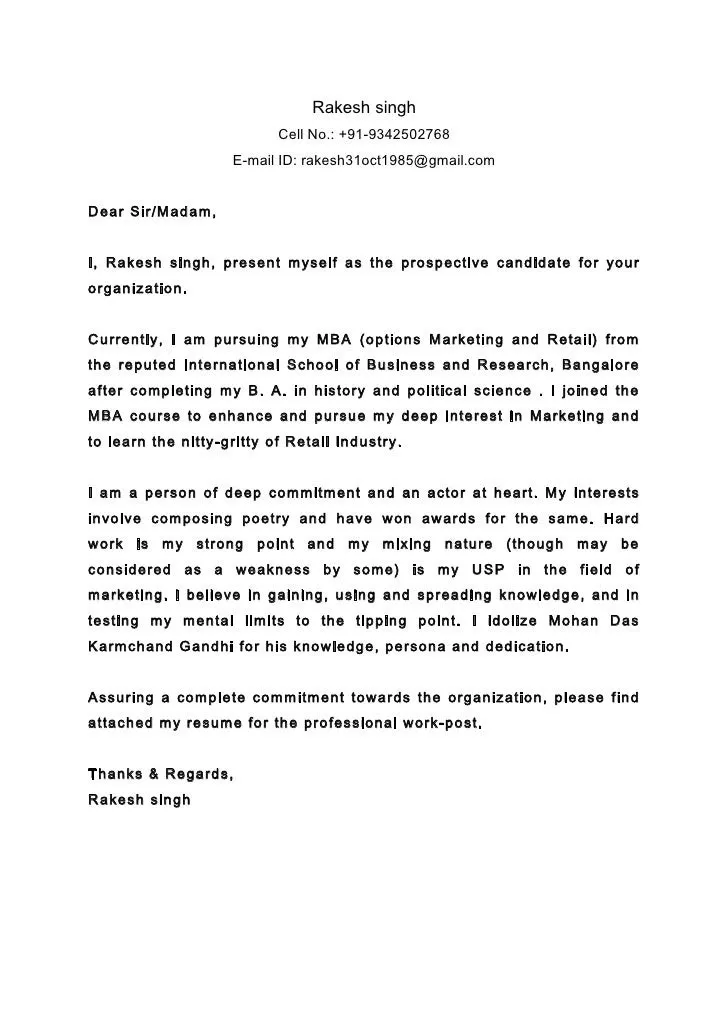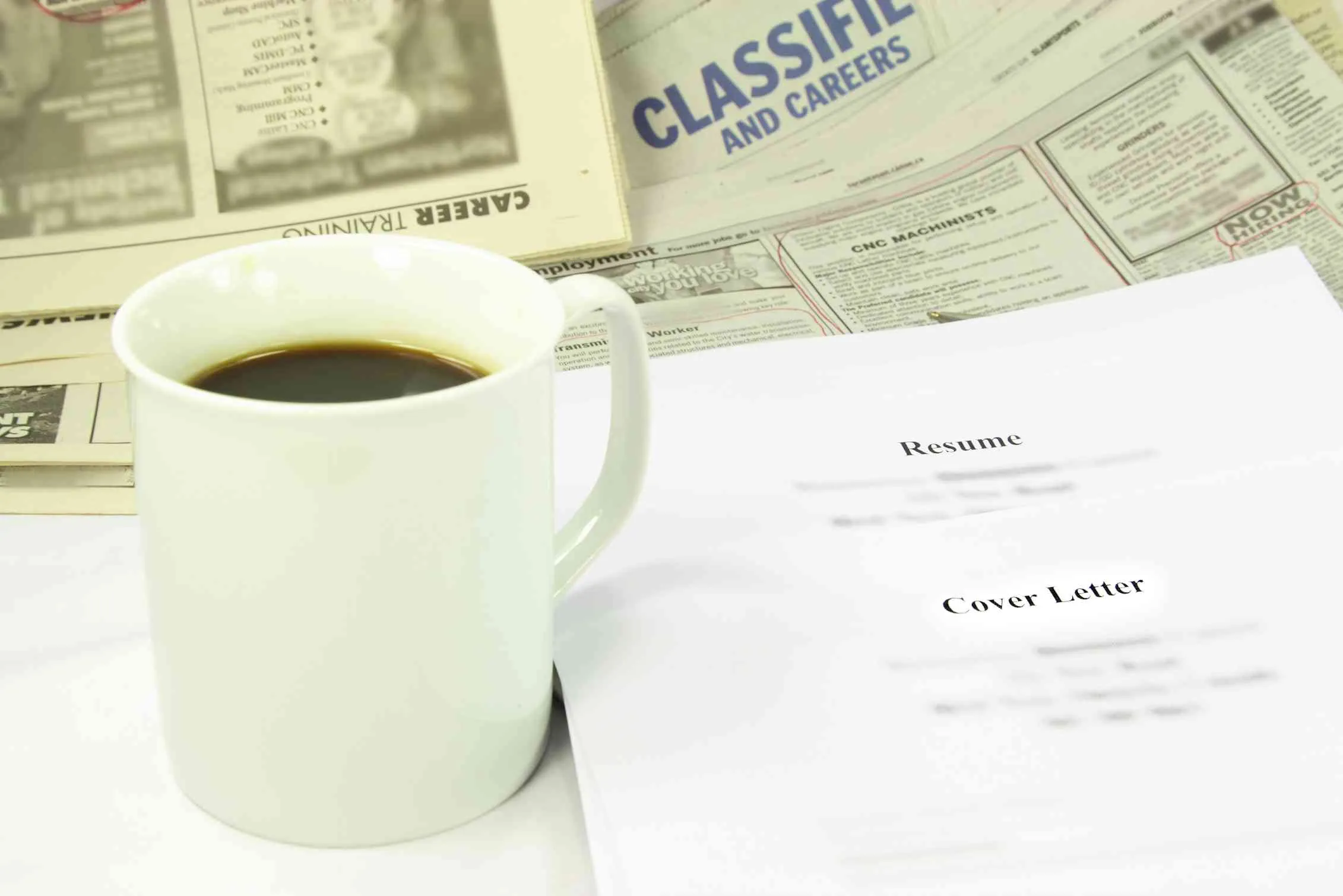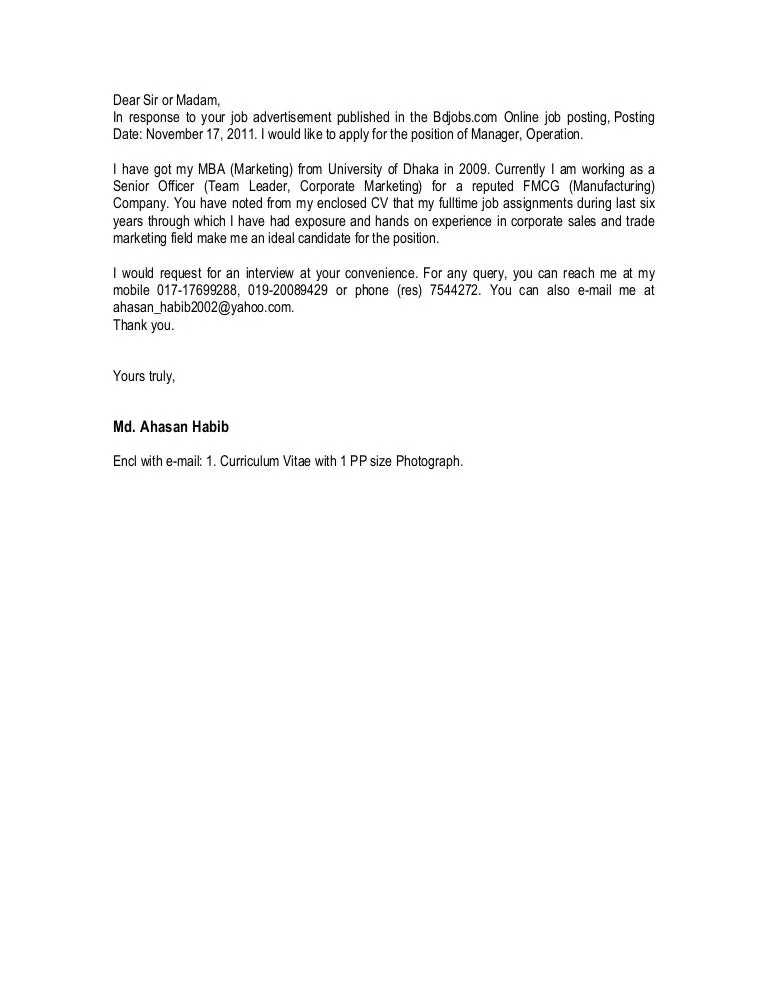Why a Dear Sir Madam Cover Letter Matters
In the competitive world of job applications, a well-crafted cover letter can be your golden ticket to securing an interview. Even if you’re using the generic “Dear Sir or Madam” salutation, the content of your letter is what truly matters. This is your opportunity to introduce yourself, express your interest in the position, and showcase why you are the perfect fit for the role. A compelling cover letter does more than just repeat your resume; it tells a story, demonstrating your passion, highlighting your relevant skills, and explaining why you’re excited about the specific company and job. It’s your first impression, and it sets the tone for the entire application process. A strong cover letter demonstrates your communication skills, attention to detail, and genuine interest. It allows you to address the employer directly, making your application feel more personal and less like a standard form. It also provides context to your resume, explaining how your experiences align with the job requirements and what you can bring to the table. Therefore, taking the time to craft a polished and tailored cover letter, even with a general salutation, can significantly increase your chances of success.
Formatting Your Cover Letter for Maximum Impact
Formatting your cover letter is just as crucial as the content itself. A well-formatted letter is easy to read and visually appealing, making a positive impression on the hiring manager. Start with a professional heading that includes your contact information, such as your name, phone number, email address, and LinkedIn profile URL. Next, address the recipient appropriately. While you might use “Dear Sir or Madam,” always try to find the hiring manager’s name for a more personalized touch. Use a clear and concise font like Arial or Times New Roman in a readable size (11 or 12 points). Maintain consistent margins (typically 1 inch on all sides) and line spacing (single or 1.15). Break up large blocks of text with paragraphs and bullet points to improve readability. Keep your letter to one page maximum, focusing on the most relevant information. Avoid using jargon or overly complex language. Proofread carefully for any grammatical errors or typos. Finally, save your cover letter in a professional format, such as PDF, to ensure that the formatting remains consistent across different devices and platforms. This ensures that your letter looks polished and professional, increasing your chances of making a positive impact.
Key Elements of a Powerful Cover Letter

A powerful cover letter is more than just a formality; it’s your chance to make a strong first impression. Begin with a compelling opening that grabs the reader’s attention. State the position you’re applying for and how you learned about it. Briefly explain why you’re interested in the role and the company. In the body of your letter, highlight your key skills and experiences that align with the job requirements. Use specific examples to showcase your accomplishments and quantify your results whenever possible. Tailor your letter to the specific job description by using keywords and addressing the employer’s needs. Explain why you are a good fit, demonstrating your understanding of the company and its values. Express your enthusiasm for the opportunity and explain what motivates you to apply. Conclude with a strong call to action, restating your interest and indicating your willingness to discuss your qualifications further. Include a professional closing, such as “Sincerely” or “Best regards,” followed by your name and contact information. Ensure the letter is free of any errors and is well-organized and easy to read. By following these key elements, you can create a cover letter that effectively communicates your value and increases your chances of getting noticed.
Highlighting Your Skills and Experience
One of the primary goals of your cover letter is to showcase your skills and experience in a way that resonates with the hiring manager. Begin by carefully reviewing the job description and identifying the key skills and qualifications the employer is seeking. Then, tailor your cover letter to highlight your relevant skills and experiences, providing specific examples of your accomplishments. Don’t just list your responsibilities; instead, explain what you achieved and how you contributed to your previous employers’ success. Use action verbs to describe your experiences, such as “managed,” “led,” “developed,” or “achieved.” Quantify your achievements whenever possible by providing specific numbers or data to demonstrate the impact of your work. For example, instead of saying “Increased sales,” say “Increased sales by 15% in one quarter.” Explain how your skills and experiences align with the job requirements and how you can contribute to the company’s goals. Focus on what you can bring to the company and how your unique skills and experiences make you the ideal candidate for the role. By effectively highlighting your skills and experiences, you can demonstrate your value and increase your chances of getting an interview.
Adapting Your Cover Letter to the Job
A generic cover letter sent to multiple employers is unlikely to make a strong impression. To truly stand out, you must adapt your cover letter to each specific job application. Start by carefully reviewing the job description and identifying the key requirements, skills, and qualifications the employer is seeking. Then, tailor your cover letter to address these specific points. Highlight the skills and experiences that are most relevant to the job, providing specific examples of your accomplishments that align with the employer’s needs. Research the company and its values, and demonstrate your understanding of its mission and goals. Explain why you are interested in the specific role and the company, and how your skills and experiences make you a good fit. Use keywords from the job description throughout your cover letter, but avoid keyword stuffing. Instead, integrate these keywords naturally into your sentences. Personalize your letter by addressing the hiring manager by name if possible. Even if you use “Dear Sir or Madam,” ensure that the content is tailored to the specific job. By adapting your cover letter to each job application, you can show the employer that you have taken the time to understand their needs and that you are genuinely interested in the role, thus increasing your chances of success.
Proofreading and Polishing Your Cover Letter

Proofreading and polishing your cover letter is a crucial step in ensuring that it makes a positive impression. Errors in grammar, spelling, or punctuation can undermine your credibility and potentially disqualify you from consideration. Start by carefully reviewing your cover letter for any obvious mistakes. Then, read the letter aloud to catch any awkward phrasing or sentences that don’t flow well. Use a grammar and spell-checking tool to identify any errors you may have missed. However, don’t rely solely on these tools; they can sometimes miss subtle errors. Ask a friend, family member, or career advisor to review your cover letter and provide feedback. They may catch mistakes that you have overlooked, and they can also provide valuable insights on the clarity and effectiveness of your writing. Pay close attention to the tone and style of your letter. Ensure that it is professional, concise, and engaging. Keep your sentences short and easy to understand. Proofread the letter multiple times, and take breaks between proofreading sessions to refresh your perspective. By taking the time to proofread and polish your cover letter, you can significantly improve its quality and increase your chances of making a positive impression on the hiring manager, leading to a successful job application.
Common Mistakes to Avoid
Avoiding common mistakes can dramatically improve the effectiveness of your cover letter. One of the most frequent errors is failing to tailor the letter to the specific job. Generic cover letters rarely impress, so always customize your letter to reflect the requirements of the position. Another common mistake is neglecting to proofread for errors. Typos, grammatical errors, and spelling mistakes can damage your credibility. Ensure your letter is error-free before submitting it. Also, avoid simply repeating your resume. Instead, use the cover letter to highlight key skills, accomplishments, and experiences that are relevant to the job, and provide context to your resume. Don’t use clichés or overly formal language; strive for a clear, concise, and engaging writing style. Omitting a call to action is another mistake. Always include a statement that expresses your interest in the position and encourages the employer to contact you. Finally, avoid providing too much unnecessary information; keep the cover letter concise and focused. By avoiding these common mistakes, you can create a cover letter that effectively showcases your qualifications and increases your chances of getting the job.
